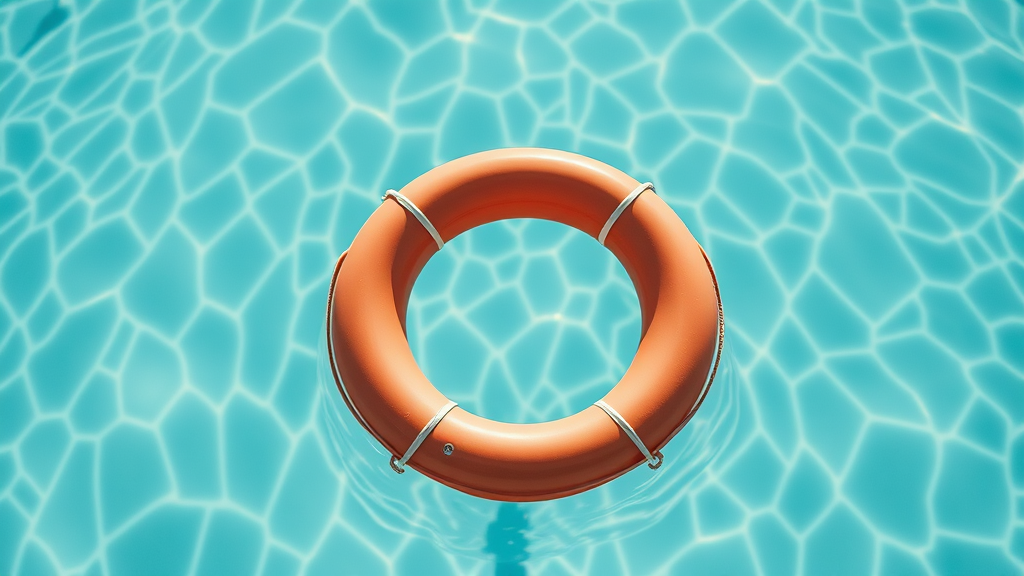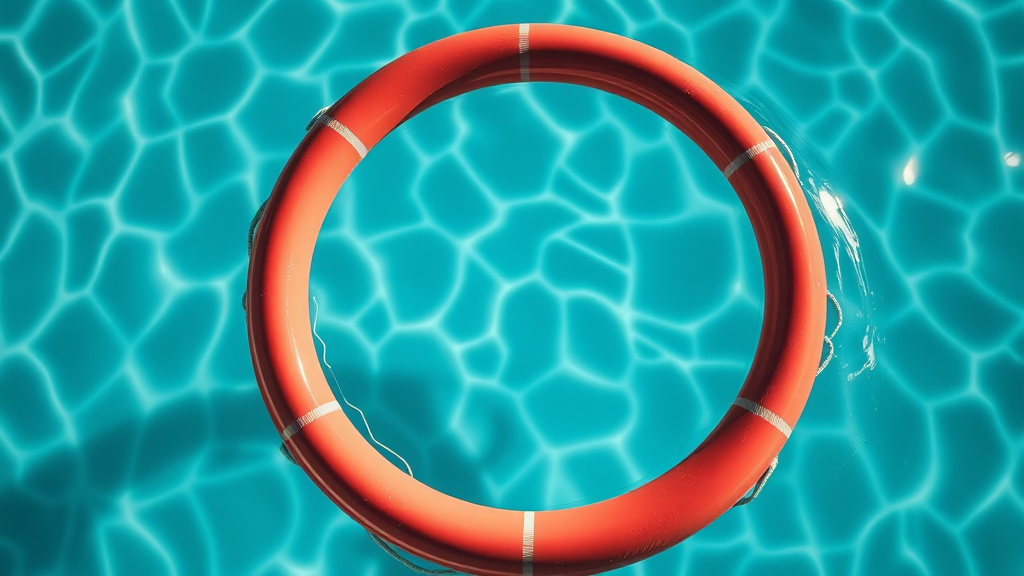Bankruptcy: What to Watch Out For
Be Ready For It
personal bankruptcy, what to watch out for
Considering personal bankruptcy? Make sure you’ve hit at least a $1,000 debt and can’t cover your bills or owe more than you own. Bankruptcy could last over 21 months for repeat filers. Watch out for non-exempt assets and ensure your Licensed Insolvency Trustee is legit. Remember, not all debts vanish!
Eligibility Criteria and Insolvency Thresholds
A minimum debt of $1,000 is required to file for personal bankruptcy., Insolvency must be proven by showing an inability to pay debts or assets being less than liabilities., The duration of bankruptcy can extend to 21 months or more for repeat filers.
To file for personal bankruptcy in Canada, you need to meet specific eligibility requirements. A minimum debt of $1,000 is essential, indicating that you can’t pay what you owe. You must also prove you are insolvent, which means you either can’t pay your debts as they come due or your total assets are worth less than your liabilities. This might sound complicated, but think of it this way: if your debts outweigh your assets, you’re considered insolvent. Additionally, if you’ve filed for bankruptcy more than once, the bankruptcy process can extend to 21 months or longer, which is a crucial factor to keep in mind when considering your options.
Understanding insolvency thresholds is vital for anyone considering bankruptcy. The law requires proof of insolvency, so if you’re thinking about going this route, be ready to show your financial situation clearly. This involves detailing your income, debts, and any assets you own. Remember, the process can sometimes feel overwhelming, but you’re not alone. Many individuals find themselves in challenging financial situations, and knowing the thresholds can help you assess whether bankruptcy is the right decision for you.

Article: what-to-watch-out-for-personal-bankruptcy
Asset Risks and Trustee Responsibilities
Non-exempt assets may be liquidated to repay creditors, and exemption limits vary by province., Licensed Insolvency Trustees (LITs) assess financial situations and are responsible for managing asset sales., It’s crucial to verify the licensure of LITs to avoid dealing with unregulated providers.
In Canada, understanding asset risks during bankruptcy is vital. When you declare bankruptcy, non-exempt assets—like a second home or investment collectibles—can be sold off by your Licensed Insolvency Trustee (LIT) to help pay your creditors. Each province sets different limits for what assets are exempt from being sold, meaning you may lose more than you expect depending on where you live. For example, in Ontario, your primary home is usually safe up to a certain value, but things like vacation properties or valuable jewelry are at risk of liquidation.
The LIT plays a key role in assessing your financial situation and managing the sale of any assets. They help guide you through the bankruptcy process, but it’s crucial to ensure you work with a licensed professional to avoid unregulated providers who could mislead you. Checking the licensure of your trustee is essential, as dealing with someone who isn’t properly regulated can lead to mistakes or scams, which adds unnecessary stress during an already difficult time. Always verify their credentials to make sure you’re in good hands.
Dischargeable and Non-Dischargeable Debts
Unsecured debts such as credit cards and personal loans can be discharged in bankruptcy., Certain debts like student loans and court-ordered fines remain non-dischargeable., Understanding which debts are excluded is essential as they remain obligations even post-bankruptcy.
In Canada, understanding the differences between dischargeable and non-dischargeable debts is crucial when considering personal bankruptcy. Debts like credit cards and personal loans fall into the dischargeable category, meaning they can be wiped clean through bankruptcy. This gives individuals a fresh start, allowing them to focus on rebuilding their finances without the burden of these unsecured debts hanging over their heads. For example, if you have $15,000 in credit card debt, that amount can be included in your bankruptcy filing and discharged, giving you relief from those monthly payments.
However, not all debts are dischargeable. Certain obligations, such as student loans, child support, and court-ordered fines, remain intact even after bankruptcy. This means you’ll still owe these debts, regardless of your bankruptcy status. For instance, if you have student loans and file for bankruptcy, you’ll still be responsible for paying them back once your bankruptcy is complete. It’s essential to recognize these non-dischargeable debts, as they will still need to be managed diligently after bankruptcy.

Key signs to watch out for in personal bankruptcy.
References
| Title, Source |
|---|
| Downsides of Bankruptcy, Search Result 1 |
| Trustee’s Responsibilities, Search Result 5 |
| Licensed Insolvency Trustee Duties, Search Result 6 |
| Dischargeable Debts Information, Search Result 4 |
| Non-Dischargeable Debts Information, Search Result 3 |
This table lists background sites and reference sources for the page information.
Eliminate up to 80% of Your Debt
High cost of gas, high cost of groceries, high lending rates, low salary - being in debt is not your fault! See if you qualify for government debt programs and get out of debt today!